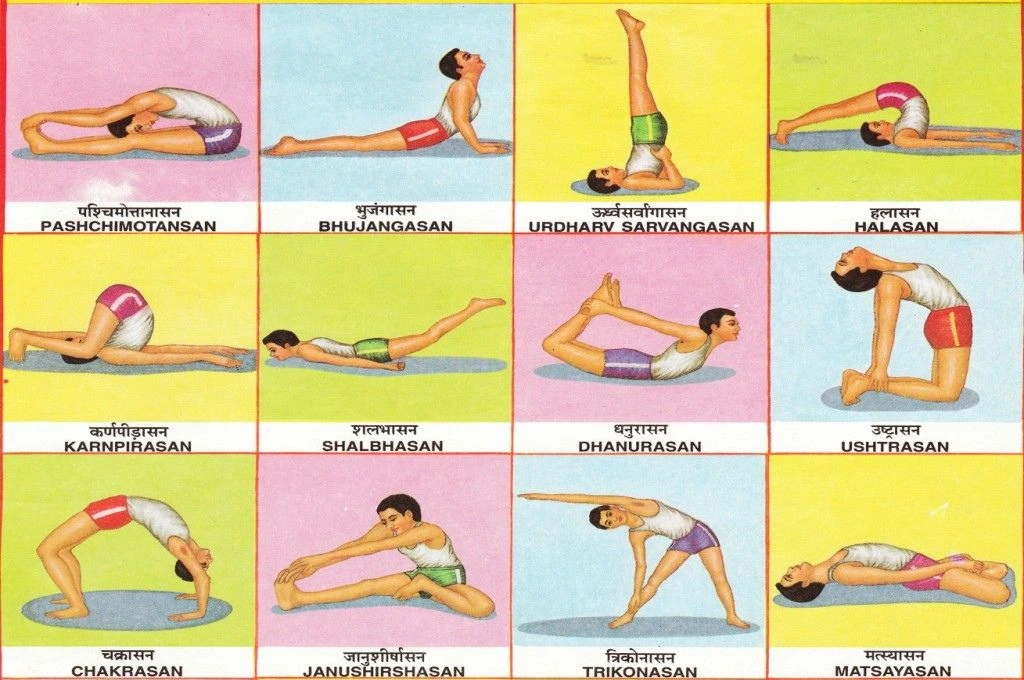Like other nonprofit professionals, I wear clothing. So every morning I wake up and immediately have to make an important decision: what to wear for the rest of the day. Now, this does not sound like a very big decision, but I have learned that how we dress in this field is critical to our work, determining how we and thus our organizations are perceived. Although I am not a style guru, I have worn clothing, so here are some tips I have picked up over the years that may be helpful for you. Feel free to add your suggestions in the comment section.
1. Determine your goals each day before selecting your outfit
When you wake up, look at your schedule and ask yourself if today you want to send the message “I am a smart, successful, and confident leader” or “I work for a nonprofit that is having cash-flow issues, please help.”
2. Have several t-shirts with your organization’s logo handy
They are perfect for situations where you want to look formal but still be comfortable, such as board meetings, tabling at events, and firing people.
3. Black or brown dress shoes are your friends
They match with every outfit. Invest in a high-quality pair, or whatever is on sale at Ross Dress for Less.
4. Red is a power color; know when to use it

Photo courtesy: Pixabay
Wear bright red in situations where you want others to unconsciously see you as powerful—public testimonies, contract negotiations, meeting the Mayor, etc.—or when you know you will be eating enchiladas or pasta with tomato sauce for lunch.
5. Have a spare formal outfit stashed away at your office
That way, you are ready when a funder or major donor unexpectedly wants to meet to discuss a large investment they will make in your organization. Make sure you store it with a dozen mothballs.
6. Dress appropriate to your org’s budget size
If your budget is under 500K, for instance, you are fine wearing casual clothing; jeans, t-shirts, etc. For medium-sized orgs, slacks and button-down shirts will do. If your organization is over 10M, it is best to wear a cocktail dress, or coat and tails, maybe a riding crop.
7. Know when to roll up your sleeves and when to not
Rolled-up sleeves subtly let others know that you are ready to tackle problems, perfect for site visits. Unrolled sleeves send the message that you are serious and academic, great for when you are on a panel or giving a lecture. Deploy the combo—one sleeve rolled, one unrolled—when you suspect someone is going to ask you to join a board or advisory committee.
8. If you do direct work, dress similarly to the people you are serving
It fosters trust and a sense that you are one of the group. This will make it easier when you have to tell them that due to funding, programs will be cut.
9. Never look more stylish than your donors
To ensure that you will never look too stylish and thus outshine your donor, always carry around an infinity scarf to wear as backup.
10. When attending community events, wear outfits with extra deep pockets

Courtesy: Giphy
This will make it easier for you to carry home leftover hummus and raw veggies. It is also helpful to preemptively pack your pockets with reusable storage containers.
Related article: 10 tips for surviving your move to the development sector
11. Stains are an effective way to appear human and garner sympathy
For instance, on a site visit, you may say, “So sorry I look so shabby today. My three-year-old threw up on me this morning and I didn’t have time to change. And this black stain is from when I saved a neighbor’s kitten from a house fire. But enough about me, let’s talk about equitable capacity building.”
12. When attending conferences, be sensitive to geography in determining your outfit
For instance, East Coast will tend to be more formal, while West Coast leans toward clothing handmade from hemp and recycled water bottles.
13. If you work for a foundation, dress down two levels
Because of power dynamics, you are unconsciously perceived to be 27% more attractive and stylish than grantees, even if you wear an infinity scarf, so dress down in order to balance things out.
14. It is appropriate to wear pajamas or sweatpants to any retreat that are four hours or longer
If anyone has an issue with your Cookie Monster jammies, tell them that Nonprofit AF, widely known for its fashion etiquette advice, says it’s OK.
15. Dress for the real estate job you want, not the nonprofit job you have
16. Don’t over-accessorize
The basic rule is that less is more, and when you are in doubt, remove the last item you put on and donate it to your organization’s silent auction.
17. When interviewing potential job candidates, make sure you wear what you normally would wear at work
Because if candidates don’t comment on your T-shirt with a koala that says “overkoalafied,” will they really add anything to the team.
18. Wearing a smart watch sends the message “Oh look at me, I have a smart watch!”
Is that what you really want? Well OK, then, carry on.
19. Wearing unmatched socks is a subtle power move
It sends the signal “I’m willing to wear socks that don’t match. You don’t want to find out what else I am willing to do!” Use this move when meeting with rival organizations.
20. Resist the urge to wear a monocle
Sure, like all of us, you probably have a monocle for fancy galas to show that you are cool and can blend in with wealthy donors and aristocrats. But don’t do it. They will find that to be pretentious. A diamond-tipped cane, however, is classic and always perfectly acceptable.
I hope those tips are helpful as you navigate the complex and wonderful field of nonprofit work.
–
This article was originally published on Nonprofit AF. You can find it here.





